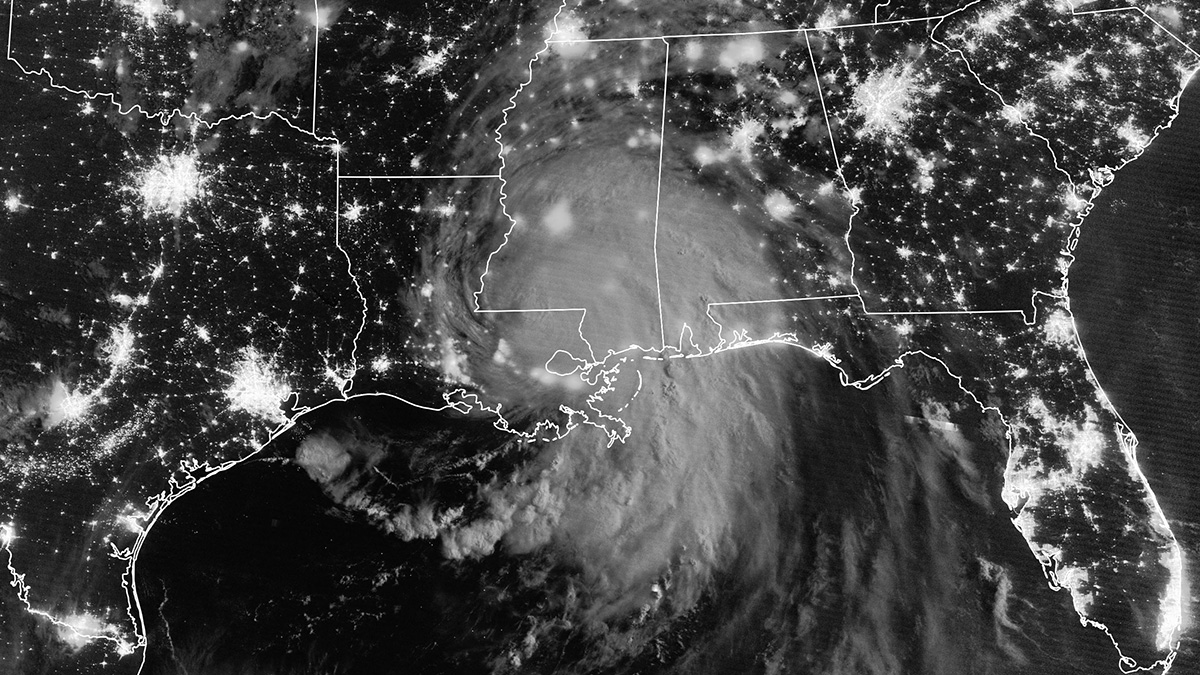A translation of this article was made possible by a partnership with Planeteando. Una traducción de este artículo fue posible gracias a una asociación con Planeteando.
An open question in economics is whether shifts in temperature have long-lasting, permanent impacts on economic productivity. A drop in economic levels after an unusual event, like a heat wave, might be troubling but temporary. Economic growth deflating over a long period, however, is much more problematic.
Understanding this question is essential for calculating the social cost of carbon, a critical metric for governments weighing future infrastructure and policy decisions.
Standard economic analyses “could be dramatically underestimating the economic impacts of a warming climate.”
Now, researchers from the United States and Italy have found evidence of changes to economic growth associated with temperature shifts. These changes occurred in the gross domestic products (GDPs) of about a quarter of the world’s countries over 10–15 years.
“The question here is whether an economy is able to come back from these shocks year to year, or whether the shocks permanently change the pathway of the country’s economy,” said climate economist and Ph.D. student Bernie Bastien-Olvera at the University of California, Davis, who led the study. His work revealed that temperature shifts led to persistent changes in economic growth, helping some countries while hurting others.
In Australia, for instance, the study found that a 0.1°C increase in temperature over a decade might cause a 1% decrease in annual GDP growth.
The study exploited a technique that’s never been applied to this question before. Using innovative filtering, the researchers zeroed in on climate trends instead of hard-to-parse day-to-day weather shifts.
Stanford University climate economist Marshall Burke, who didn’t participate in the work, said that standard economic analyses, which miss these long-term impacts, “could be dramatically underestimating the economic impacts of a warming climate.”
Filtering for the Truth
Past research into the persistence of temperature change on the economy has been “mixed and heavily debated,” said climate economist Franziska Piontek at the Potsdam Institute for Climate Impact Research in Germany, who wasn’t involved in the research. Previous work relied on a classical economic technique comparing the lagged effects of temperature changes on economic metrics.
Instead, Bastien-Olvera and his colleagues filtered out short-term changes in temperature but kept more extended, slower developments and patterns. They focused on the temperature swings of naturally caused climate phenomena, like the El Niño–Southern Oscillation and the Pacific Decadal Oscillation, a cycle in the ocean and atmosphere that alters the temperature of Pacific waters.
They compared the temperature shifts with World Bank data on the GDPs of more than 200 countries spanning 6 decades.

The long-term temperature changes barely ebbed over 0.1°C, but the change correlated with impacts on GDP growth in 22% of countries. Persistent and negative temperature impacts weren’t more likely to happen in low- or high-income countries or warm or cool countries, researchers found.
Bastien-Olvera published the research in the journal Environmental Research Letters.
“This is a very clever paper,” said climate finance researcher Riccardo Colacito at the University of North Carolina at Chapel Hill. “These results lend themselves to the interpretation that temperature shocks are more likely to have a growth rather than a level effect.”
Carbon’s Pennyweight
The bread and butter models of climate science and economics—integrated assessment models—rely on economic assumptions about, among other things, GDP growth. Specifically, these models assume that there are no persistent effects from temperature changes on GDP growth. The latest research has cast doubt on that assumption.
The latest findings would likely increase the social cost of carbon.
These models also estimate the social cost of carbon, defined as the total present and future damage caused by an additional ton of carbon dioxide released into the atmosphere. “It’s one of those numbers that appear everywhere in climate policy studies,” said Bastien-Olvera.
Raising the social cost of carbon upcharges fossil fuel activities that carry higher social costs than sustainable, renewable projects. The latest findings would likely increase the estimation of the social cost of carbon, said Bastien-Olvera.
The work “confirms the concern voiced by other scholars that rising temperatures are extremely detrimental to the future growth prospects of the global economy,” said Colacito.
—Jenessa Duncombe (@jrdscience), Staff Writer

